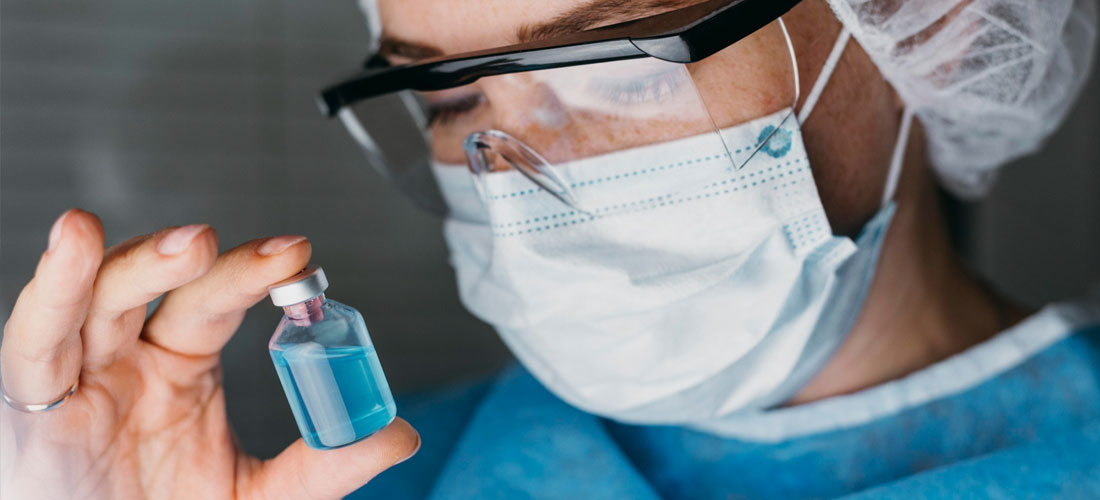Post-surgical infections are one of the most significant complications following surgery, leading to prolonged hospital stays, increased healthcare costs, and potential long-term morbidity. Prophylactic antibiotic therapy is a critical component in preventing these infections, especially in patients undergoing high-risk surgeries. The use of antibiotics before, during, and after surgery can reduce the risk of surgical site infections (SSIs) by targeting potential pathogens. However, their application needs to be carefully managed to avoid complications such as antimicrobial resistance (AMR) and adverse reactions.

The prevention of post-surgical infections is a critical aspect of modern surgery, directly impacting patient outcomes, recovery time, and hospital resources. Antibiotic prophylaxis (preventive antibiotic treatment) is widely employed to reduce the risk of infections, but its application requires careful consideration of factors such as surgical site, patient comorbidities, and the type of bacteria involved.
This session will focus on the role of antibiotics in preventing post-surgical infections, reviewing the latest evidence-based practices for antibiotic prophylaxis, optimizing antibiotic choice, timing, and dosing, and minimizing the risks associated with their overuse. We will explore the current guidelines for antibiotic use in various types of surgeries and discuss strategies to enhance infection control protocols to improve patient outcomes.
Key topics to be covered in this session include:
- Overview of surgical site infections (SSIs) and their impact on patient morbidity and mortality
- Guidelines for antibiotic prophylaxis in various types of surgeries (e.g., cardiac, orthopedic, gastrointestinal, and urological surgeries)
- Timing, dosing, and choice of antibiotics for effective prevention
- Antimicrobial resistance (AMR) and its implications for post-surgical infection prevention
- The role of broad-spectrum antibiotics vs. narrow-spectrum agents in reducing SSIs
- The importance of patient risk factors (e.g., diabetes, immunocompromised states, obesity) in antibiotic selection
- Post-operative antibiotic regimens: Should antibiotics be continued after surgery?
- Impact of surgical techniques (e.g., minimally invasive surgery) on infection rates and the role of prophylactic antibiotics
- Alternative strategies to antibiotic use, such as pre-surgical decolonization and local antibiotic delivery systems
- Case studies of successful infection prevention programs in high-risk surgeries
This session is designed for surgeons, infection control specialists, pharmacists, and healthcare professionals involved in surgical practice, infection prevention, and antimicrobial stewardship.